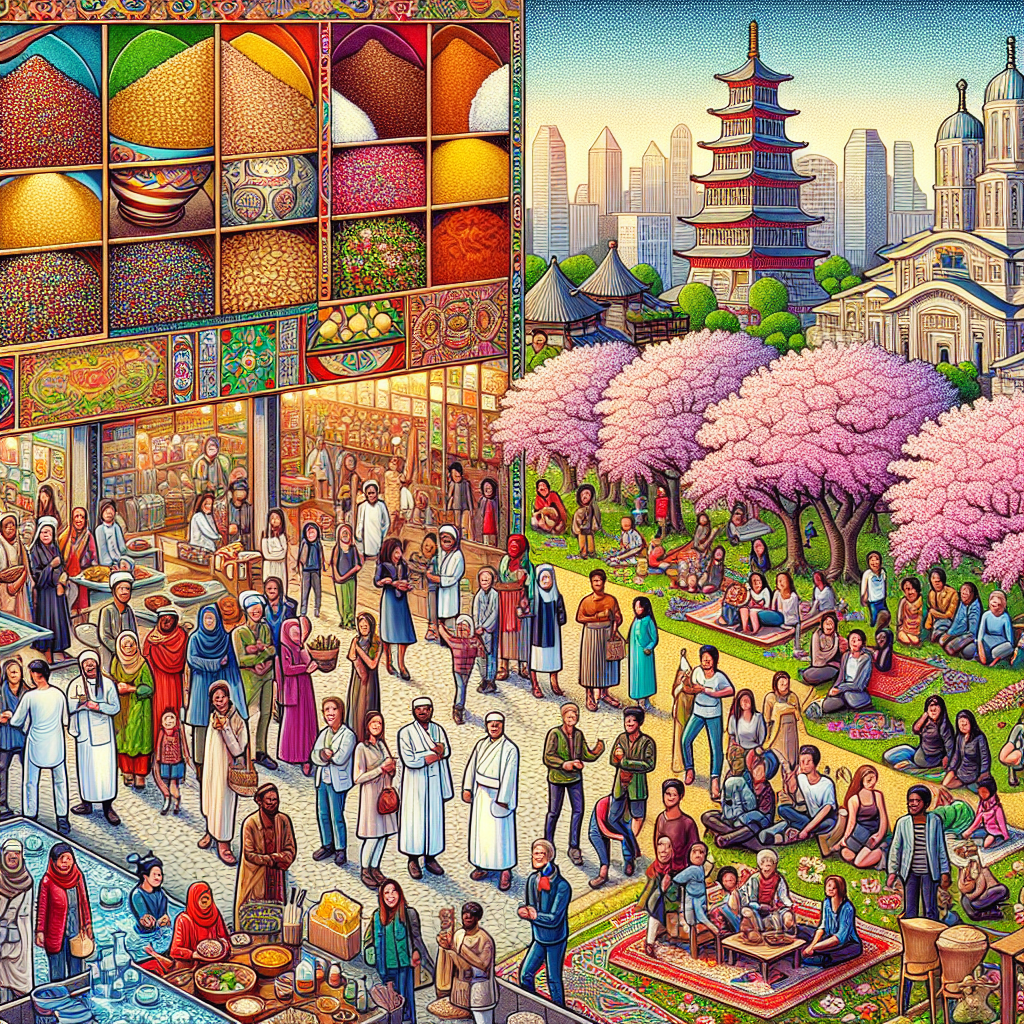In an increasingly globalized world, the pursuit of cultural experiences has become an enriching addition to the modern traveler’s itinerary. Culture is the heartbeat of a community, encompassing its beliefs, customs, arts, and social norms. Delving into cultural experiences allows us to understand the world better and gain a sense of where we fit within it. This article explores the essence of cultural experiences, their significance, and how they can broaden our perspectives.
The Essence of Cultural Experiences
Cultural experiences act as windows into the soul of a community. They can be as simple as a shared meal or as elaborate as a grand festival. These experiences often include:
-
Traditions and Rituals: From Japanese tea ceremonies to Indian weddings, traditions and rituals offer profound insights into a culture’s history and values.
-
Cuisine: Food is often a central part of cultural identity. Sampling local dishes, like Italian pasta or Thai street food, allows travelers to taste the history and ingenuity of a place.
-
Arts and Crafts: Local artisans often preserve what modernity may overlook. Visiting Moroccan rug weavers or Mexican potters unveils the artistic heritage of a culture.
-
Festivals and Celebrations: Events such as Rio’s Carnival or China’s Lunar New Year provide a spectacle of color, music, and dance, showcasing the community’s spirit and unity.
- Daily Life: Sometimes the most profound cultural experiences come from observing daily life—how people interact, dress, and go about their daily routines.
The Significance of Cultural Experiences
Cultural experiences do more than just entertain; they educate and transform. Here’s why they matter:
Building Empathy
Experiencing another culture fosters empathy and understanding. By living the life of another, if only briefly, we gain a deeper appreciation of their joys, struggles, and perspectives.
Preserving Heritage
The more we engage with various cultures, the more we recognize the importance of preserving these diverse heritages. This awareness can lead to supporting local artisans, respecting indigenous lands, and protecting cultural landmarks.
Enhancing Personal Growth
Travelers often find that cultural experiences challenge their preconceptions and encourage personal growth. The exposure to new ways of thinking, living, and problem-solving can inspire creativity and adaptability.
Bridge-building
In a world often divided by differences, cultural experiences build bridges. They highlight our common humanity and create connections that transcend language and geography.
Approaching Cultural Experiences Respectfully
With a rising interest in cultural tourism, it’s crucial to approach these experiences with respect and mindfulness. Here are some pointers:
-
Do Your Research: Understand the basics of the culture you are about to experience. Learn about their customs, taboos, and proper etiquette to avoid inadvertently causing offense.
-
Support Local: Opt for local guides, hosts, and artisans to ensure your money supports the community directly.
-
Engage Authentically: Instead of just observing, try to participate actively. Whether it’s taking a dance class or cooking a local dish, engagement makes the experience richer.
-
Respect Boundaries: Always seek permission before taking photographs, especially in sacred or private spaces. Understand that not every part of a culture is on display for outsiders.
- Reflect and Share: After your experience, take time to reflect on what you’ve learned and share your insights with others. This broadens the impact of your cultural engagement.
Conclusion
Cultural experiences are more than just travel highlights; they are educational journeys that foster respect, understanding, and connection. As we immerse ourselves in different cultural landscapes, we not only broaden our own horizons but also contribute to a more empathetic and interconnected world. So, the next time you venture into a new community, embrace the opportunity to engage fully and respectfully with its unique cultural tapestry.


